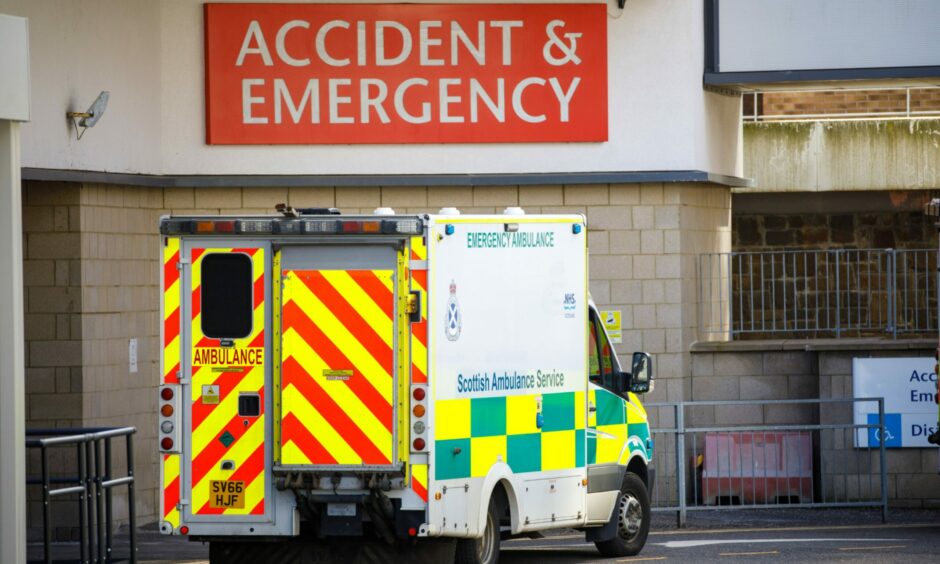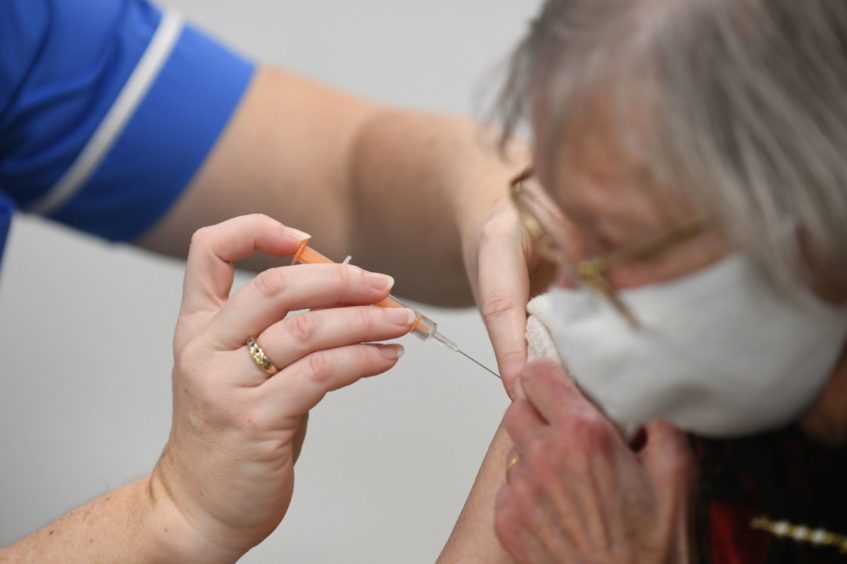People going to A&E when they could be seen elsewhere is “undoubtedly a factor” in long waiting times, an NHS Fife health boss claims.
Emergency departments across the country, including the region, have come under fire for performance.
We asked Claire Dobson, director of acute services at NHS Fife, why it’s still so busy and what’s being done to prepare ahead of the busy winter period.
In the week ending November 13, Fife again fell short of the four-hour standard.
That’s the national target that 95% of all patients should be admitted, discharged or transferred within four hours of arrival at an A&E department.
Across Scotland the figure was 65.3% with Fife’s sitting at 59.1%, lower than the previous week.
And in addition:
- 538 waited over 4 hours.
- 172 waited over 8 hours.
- 35 waited over 12 hours.
We asked Ms Dobson if the figures point to more people going to A&E with less serious issues.
‘Undoubtedly a factor’
She said: “It is true we are continuing to see many people presenting at our emergency department with less serious issues.
“They could either have been more appropriately seen elsewhere, or in some cases did not need to be seen by a clinician.
“While inappropriate presentations are not the sole reason for longer waiting times, they are undoubtedly a factor.
“As we’ve said previously, it’s vital we prioritise those at greatest need clinically.
“Those who need the most urgent attention receive this quickly.
“Unfortunately, that does mean those who attend with less serious issues will likely have to wait longer.”
What else makes it so busy?
There is significant pressure on the whole of the healthcare system at the moment.
But Ms Dobson explains there’s a number of factors why A&E is still incredibly busy.
These include:
- An increase in the number of people going – some days they see as many as 300 people.
- More who are acutely unwell or frail – they need a great level of care and will be in for longer.
- Demands on inpatient beds across the acute hospital mean delays for patients waiting to be admitted to a ward from the emergency department.
Will it get busier as winter goes on?
Although planning for winter goes on all year round across the health and care system, 2022 is expected to be a busy one.
Ms Dobson says: “It’s important to say we expect this coming winter to be more challenging than we have ever faced.”
Before the pandemic a ‘surge ward’ would open to give bed capacity over winter and close in Spring.
Those additional beds, she explains, have been required throughout this whole year because of unprecedented demand.
Why is winter busier?
A major factor is due to the seasonal rise in respiratory viruses like flu.
It not only lead to more hospitalisations, but can also cause ward closures and increased staff sickness.
Rates of flu have been lower recently because of Covid restrictions like face coverings and social distancing.
But Ms Dobson adds: “There are early signs we will see much greater prevalence this winter, as has evidenced in the southern hemisphere during their recent winter.
“The public in Fife have a vital role to play in helping reduce additional and unnecessary pressures on our hospitals.
“By taking measures like using the emergency department responsibly and avoiding visiting loved ones in hospital when you are unwell.
“Taking up the offer of Covid and flu vaccination when it is offered too, all contribute towards making our hospitals safer and helps us protect vulnerable patients in our care.”














Conversation